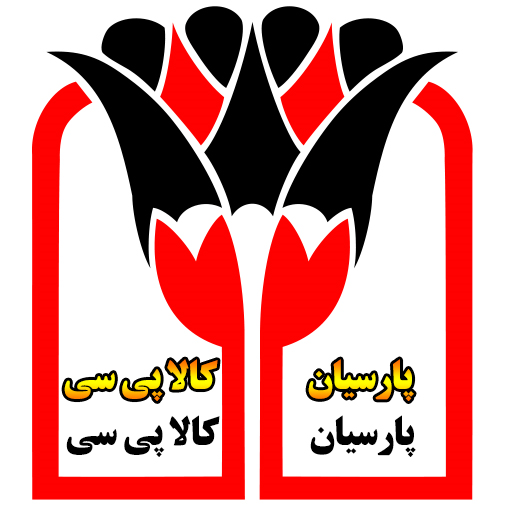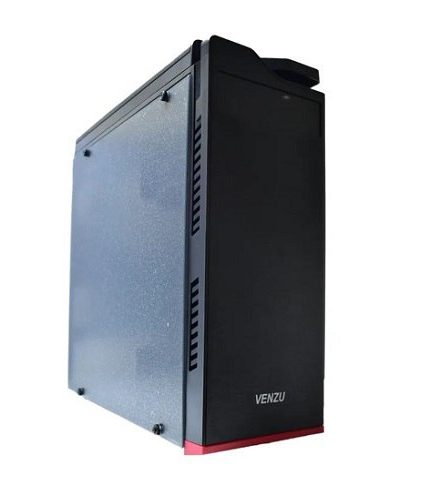When considering lighting fixture supplies, the choices extend far past mere style preferences; each materials brings its own set of advantages and drawbacks to the table. Understanding the pros and cons of different supplies is essential for choosing fixtures that not only enhance the visual appeal but also meet practical needs. Let’s delve into the world of lighting fixture materials to shed light on their distinctive characteristics.
Metallic Marvels:
Metal, in its numerous forms, reigns supreme in the realm of lighting fixture materials. Brass, copper, aluminum, and metal are among the most commonly utilized metals. Every metal exudes a definite allure, providing a blend of durability, versatility, and aesthetic appeal. Brass, for instance, boasts a timeless elegance and resists corrosion, making it ultimate for each traditional and contemporary settings. Copper, then again, develops a charming patina over time, lending a country charm to spaces. However, it requires common maintenance to forestall tarnishing. Aluminum, prized for its lightweight nature and corrosion resistance, is a popular selection for modern fixtures. Steel, known for its power and sleekness, adds an industrial edge to interiors. While metallic fixtures are renowned for their longevity and visual appeal, they can be prone to fingerprints and require periodic polishing to keep up their luster.
Crystal Clarity:
For these seeking to infuse opulence and sophistication into their spaces, crystal lighting fixtures offer an unequalled allure. Crystal, renowned for its clarity and light-refracting properties, creates mesmerizing prismatic effects when illuminated. Whether within the form of chandeliers, pendants, or sconces, crystal fixtures elevate the ambiance with their dazzling brilliance. Nonetheless, the exquisite beauty of crystal comes at a value, each figuratively and literally. Crystal fixtures are usually more expensive than their counterparts, and their intricate designs could necessitate meticulous cleaning to keep them looking pristine.
Artistic Attract of Glass:
Glass, with its inherent translucence and versatility, continues to be a favored materials for lighting fixtures. From sleek minimalist designs to elaborate stained glass creations, the possibilities with glass are finishless. Clear glass fixtures offer a modern aesthetic while allowing ample light transmission, making them perfect for illuminating small spaces. Meanwhile, frosted or textured glass imparts a softer glow, diffusing light and creating a comfy ambiance. While glass fixtures are comparatively straightforward to clean and maintain, they are prone to breakage and will require careful handling.
Wooden Wonders:
In recent times, there has been a resurgence of interest in wooden lighting fixtures, fueled by a growing appreciation for natural supplies and natural design elements. Wood lends warmth and character to interiors, infusing them with a way of rustic charm or Scandinavian simplicity, depending on the style. Whether or not crafted from reclaimed timber or sustainably sourced wood, wooden fixtures add a contact of eco-friendliness to spaces. Nevertheless, wood is inclined to moisture and may warp or degrade over time if not properly sealed and maintained.
Conclusion:
Within the realm of lighting fixture materials, every option brings its own unique set of strengths and weaknesses to the table. Whether or not you prioritize durability, aesthetics, or sustainability, there’s a materials suited to your wants and preferences. By understanding the pros and cons of different supplies, you’ll be able to make informed choices that enhance each the functionality and visual attraction of your lighting fixtures. Whether you opt for the timeless magnificence of metal, the dazzling attract of crystal, the versatile beauty of glass, or the organic charm of wood, your alternative of material will play a pivotal function in illuminating your space with style and sophistication.
In case you cherished this short article and you wish to get more information with regards to Architectural Lighting Design generously visit our own web-site.














